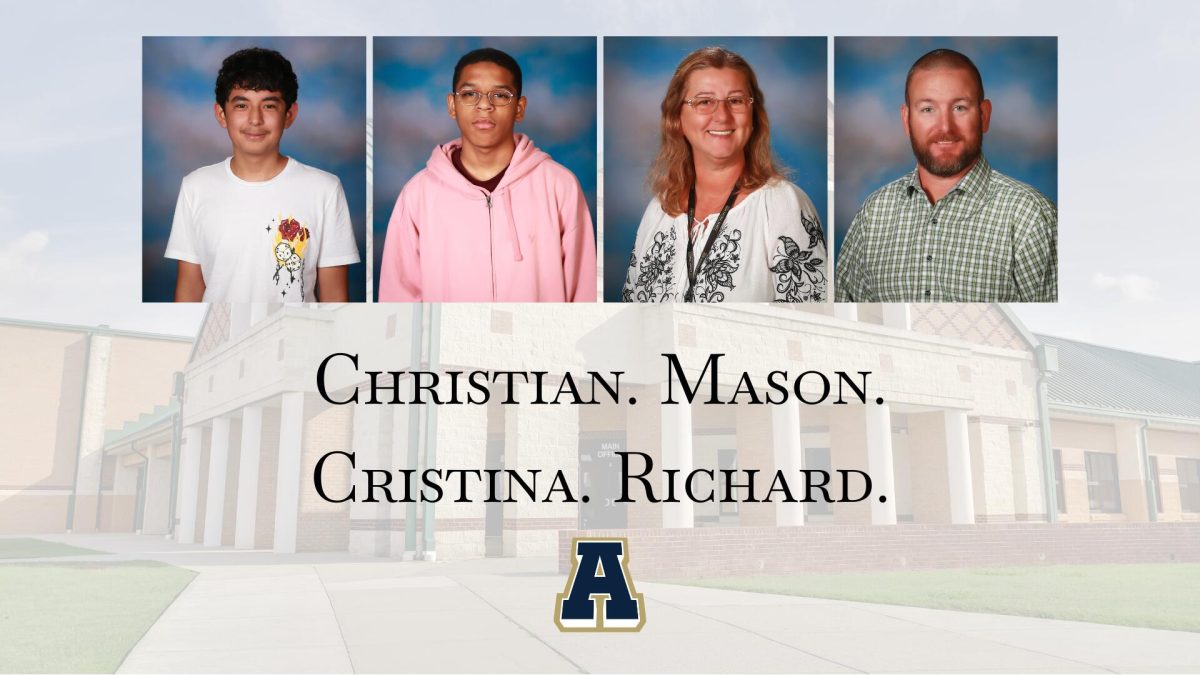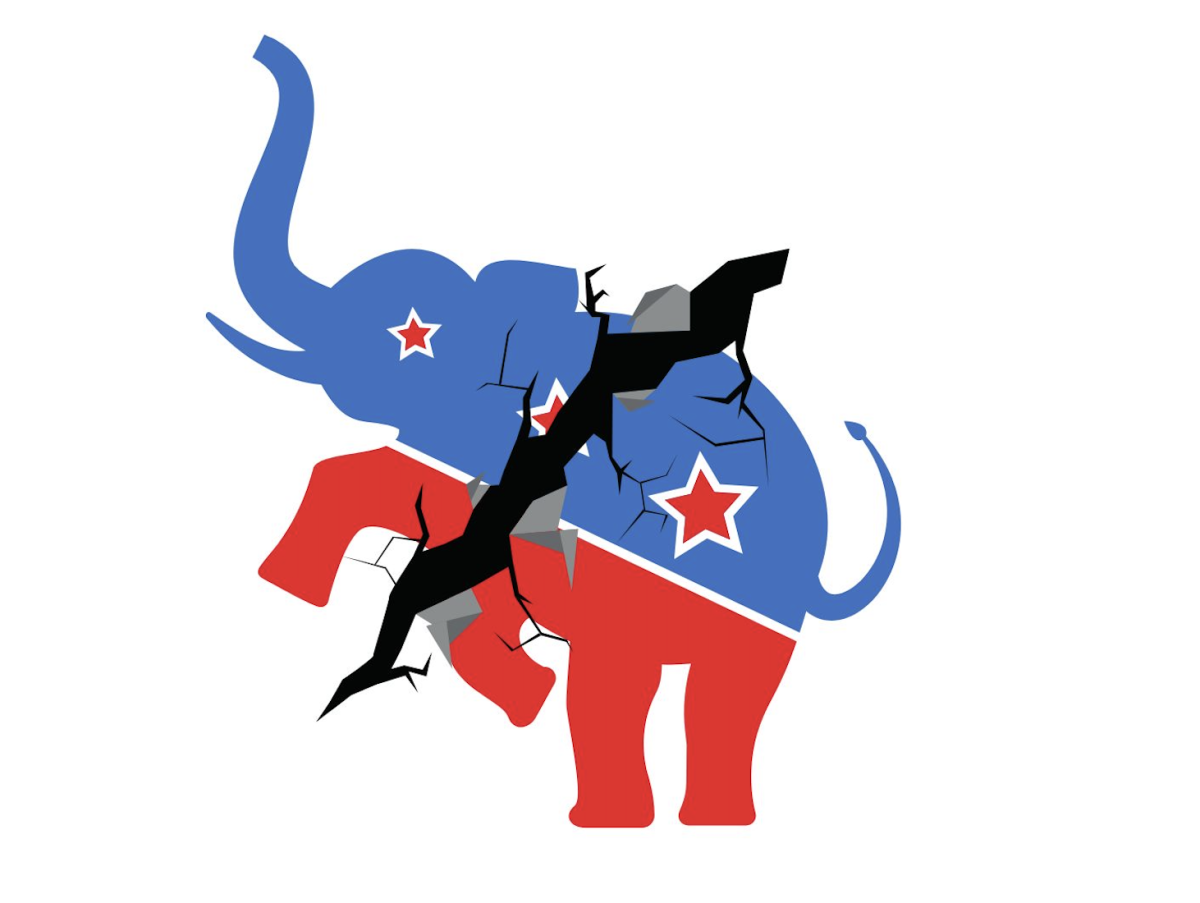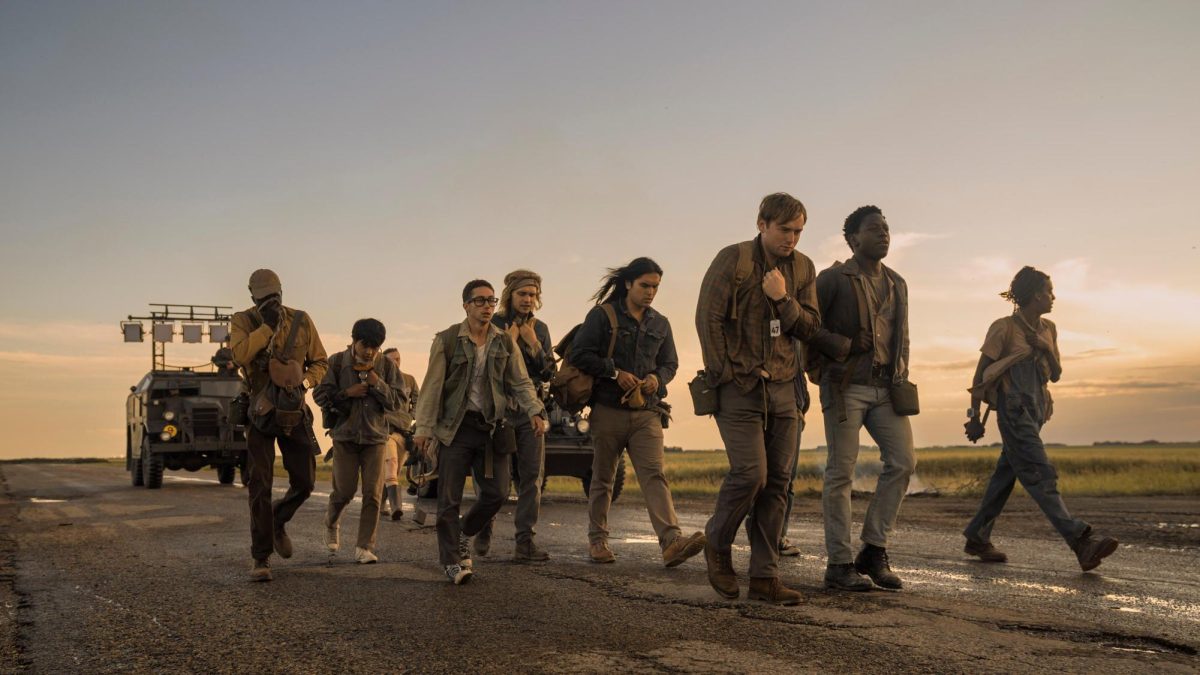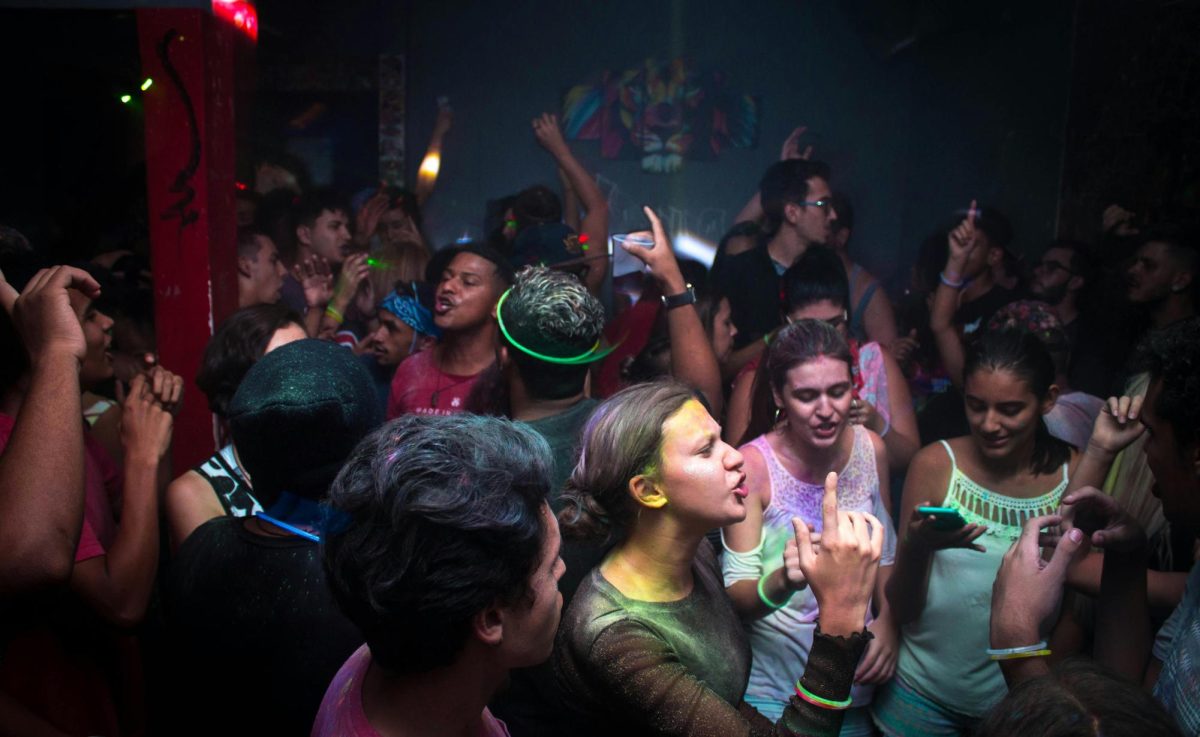On Dec. 21, 2012, only seven days after the tragic massacre at Sandy Hook Elementary School, Former CEO of the National Rifle Association (NRA), Wayne LaPierre, stated in a news conference that, “The only way to stop a bad guy with a gun, is with a good guy with a gun.” This news conference from 2012 marked the first notable usage of this phrase, which is now uttered after every school shooting, mass shooting or death by firearm. This way of thinking wasn’t and isn’t unique to LaPierre; at a 2022 NRA Convention, which took place only three days after the Robb Elementary shooting, Ted Cruz reinforced this idea, noting, “What stops armed bad guys is armed good guys.” Since 2012, this justification has been the leading forefront of pro-Second Amendment groups and organizations. It is often used as a way to minimize the seriousness of gun violence in America, deflecting attention from calls for more comprehensive solutions. The right argues that the ability to bear arms serves as a safeguard against the threats and dangers of the world. However, what occurs when this perceived “protection” becomes the direct source and root cause of harm to hundreds of children simply trying to obtain an education?
While proponents of this discourse contend that having a firearm is necessary for safety, recent tragedies make it abundantly clear how readily these weapons may be used against innocent people, particularly in places like schools that are supposed to be safe. On Wednesday, Sep. 4, at 9:45 a.m., Apalachee High School student Colt Gray opened fire in his high school, injuring nine people and killing four. The victims included students Mason Schermerhorn (14) and Christian Angulo (14), as well as teachers Richard Aspinwall (39) and Christina Irimie (53).
Mason Schermerhorn was just beginning his freshman year at Apalachee before his life was tragically and selfishly taken away from him. Schermerhorn’s family, who were unable to locate him directly after the shooting, uploaded a picture to social media, where they subsequently verified he had not survived the incident. Schermerhorn’s older sister, Alanna Wallace, told Fox that she wants everyone to know her little brother for who he was– his infectious laugh, contagious grin and massive heart, “He loved everyone. No matter what they had, what disabilities, he loved everyone for them.”
Richard Aspinwall, a math teacher at Apalachee, went to investigate a disturbance he heard outside the classroom. When he did, Gray shot Aspinwall in the chest. Julie Woodson, a family friend of the Aspinwalls, told CNN that the students in Aspinwall’s classroom tried to stop their math teacher’s bleeding by taking the shirts off their backs. Aspinwall leaves behind his wife, Shayna, and two daughters, two and five years old.
The two students and two teachers are among the thousands of teachers and students who fall victim to senseless violence within our schools. The Apalachee High School community is now facing the incredibly profound physical and emotional damage caused by this shooting. Like so many other stories, this tragedy serves as a reminder that actual people, families and lost futures lurk behind the statistics, the data and the numbers. The proper balance between our community’s right to safety in our schools and the constitutional right to bear arms is called into question by these tragedies. The reality and sheer number of mass shootings tell a different tale than the Second Amendment’s persistent claims that by increasing the number of “good guys with guns,” they will be able to fix the issue. Instead of being havens for learning, schools have become battlegrounds. When guns are in the hands of someone who intends to do damage, they can cause terrible harm, which undermines the claim that they provide protection. Instead of politicians protecting the safety of students, they have prioritized their own “inherent” right to bear arms, justifying this by writing school shootings off as “inevitable.” In response to the Apalachee school shooting, JD Vance, the Republican Party’s Vice Presidential candidate, described school shootings as a stark “fact of life,” Vance followed this incredibly insensitive comment with a call for strengthened security in schools and denounced the idea of stricter gun laws. Vance acknowledged the increasing danger on our nation’s campuses, saying, “I don’t want my kids to go to school in a place where they feel like you’ve got to have additional security, but that is increasingly the reality that we live in.”
As of Sep. 13, there have been at least 49 school shootings in the United States this year. Thirteen were on college campuses, while 36 were on the premises of K–12 schools, according to CNN’s review of occurrences documented by the Gun Violence Archive, Education Week and Everytown for Gun Safety. In fact, just mere days after the shooting at Apalachee, there was another school shooting in a high school in Maryland that resulted in the death of a 15-year-old boy. This unfortunate tragedy is not a problem that will be resolved anytime in the near future. The severity of this issue has been highlighted multiple times, through every news headline and article, but politician’s would still rather protect firearms than innocent lives.
In March 2018, students across the United States walked out of class as part of the nationwide March for Our Lives protests. These walkouts were held in response to the tragic Parkland High School shooting on Feb. 14, 2018, which took the lives of 17 innocent people. I vividly remember wearing orange and walking out of class as part of these protests. As a high school freshman at the time, I felt a deep sense of fear but was reassured by the all too familiar refrain: “This could never happen here.” Similarly, I recall being in fourth grade when the Sandy Hook shooting occurred. I saw the names and faces of children my age who had lost their lives. Despite the terror I and many other students across the nation felt, our teachers echoed the same sentiment: “This could never happen here.”
That phrase—“This could never happen here”—has been repeated over and over until it does happen, shattering the illusion of safety. No child should have to endure the constant uncertainty and fear of attending school, wondering if they will be safe. Education is a fundamental privilege, one that many around the world have fought and died for, particularly women in countries where the right to learn is denied. In the United States, however, children are dying not because they are deprived of education but because their safety is compromised the moment they step inside a school building.
The right to education should never come with the risk of losing one’s life. Yet, in a country where gun violence is increasingly infiltrating places of learning, this is the grim reality students face daily.






